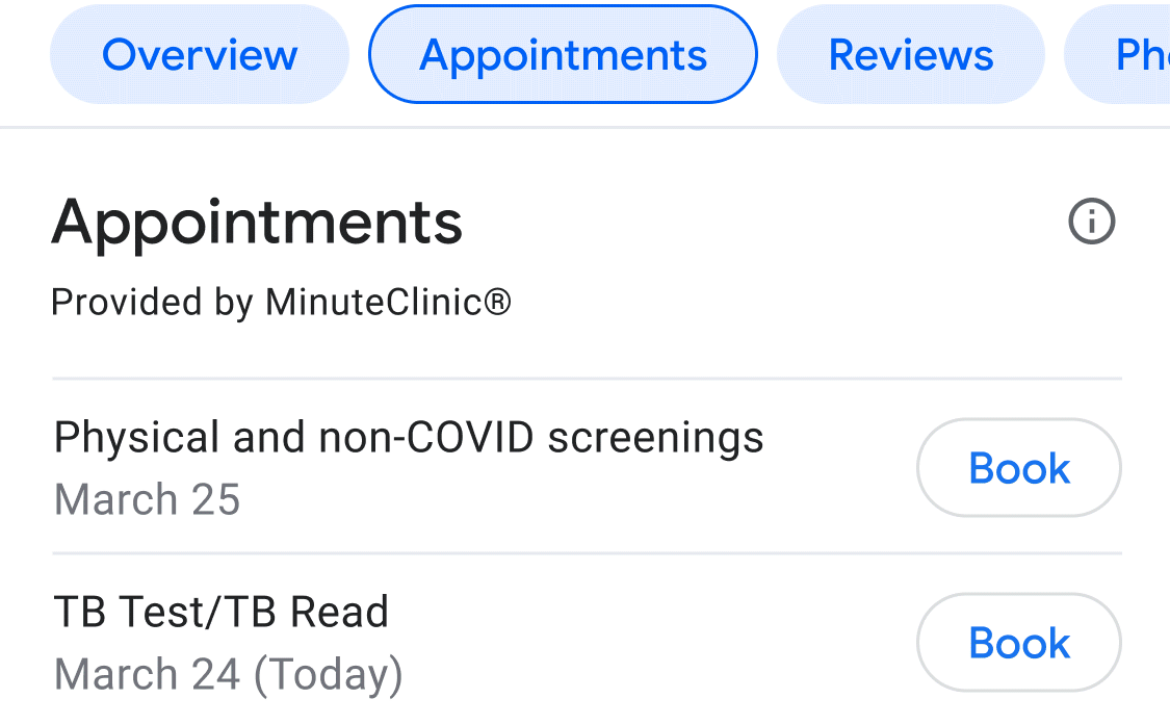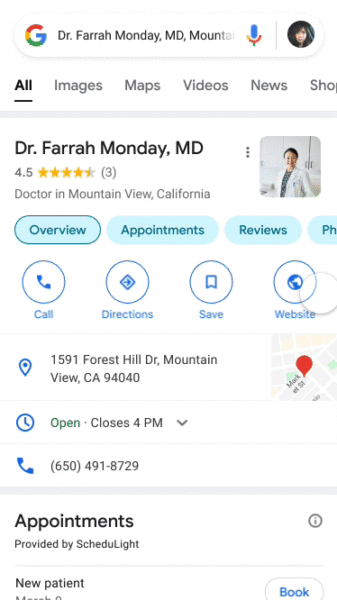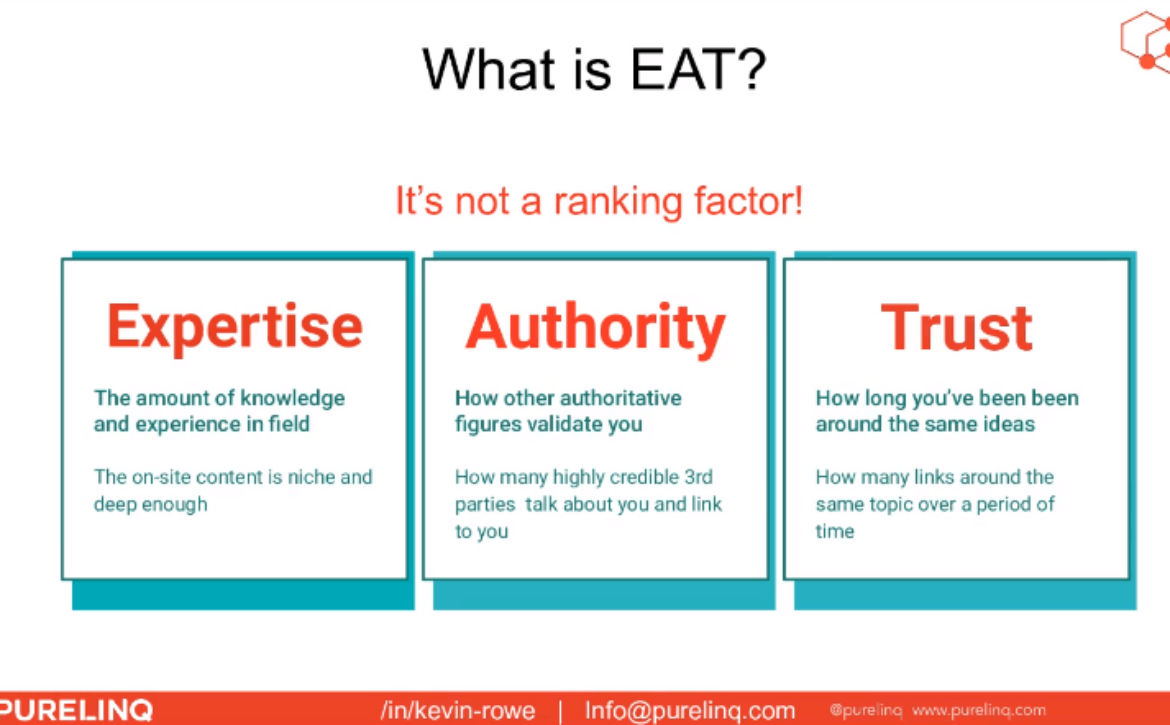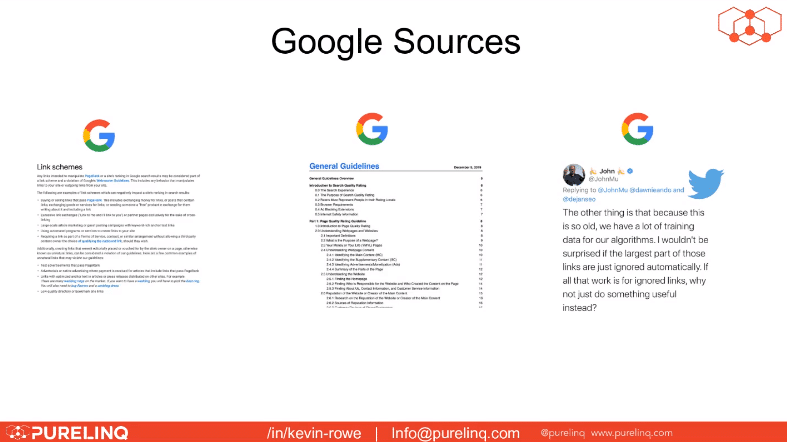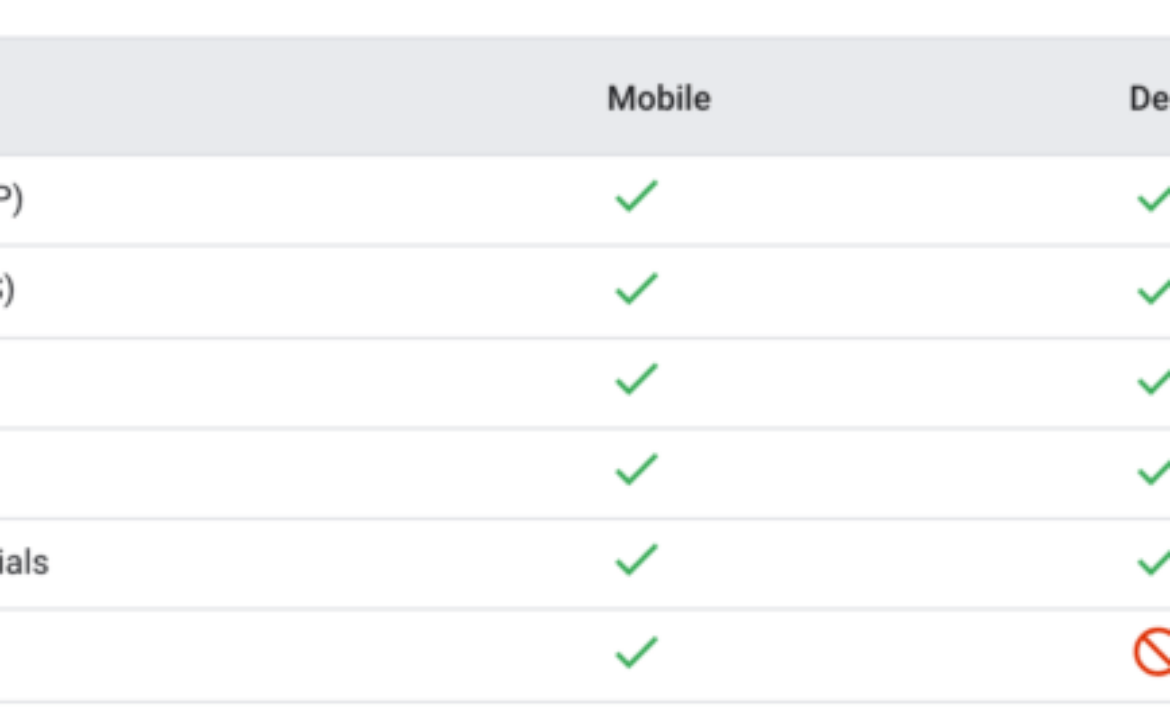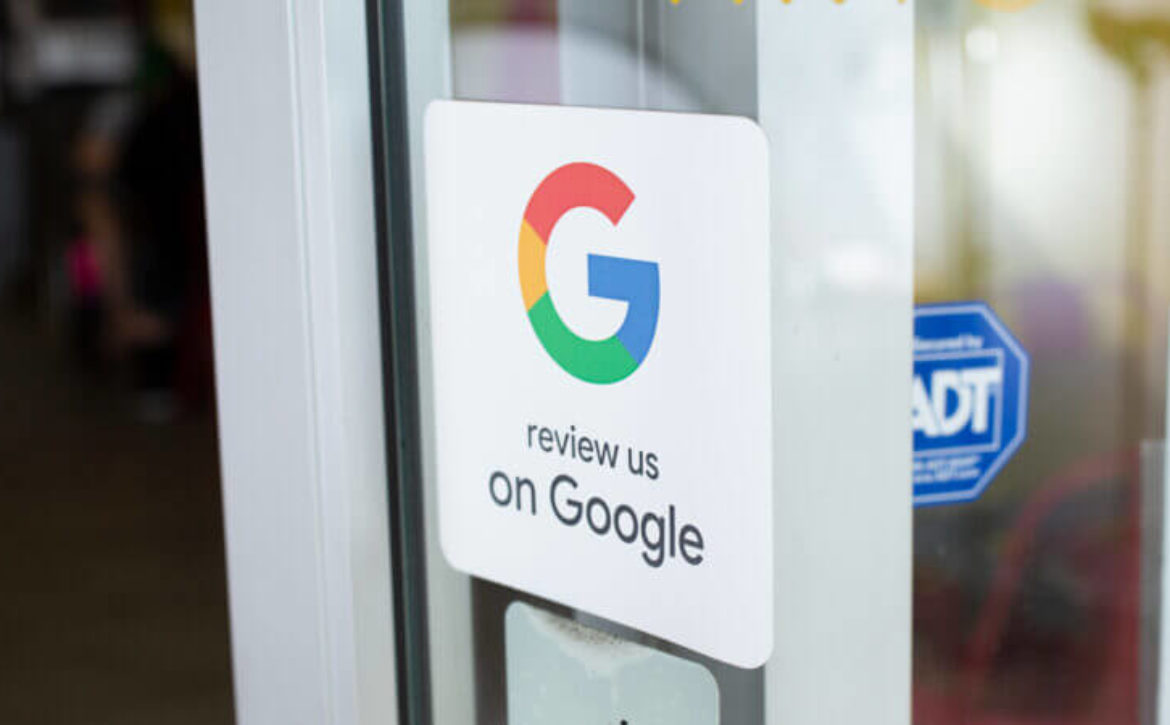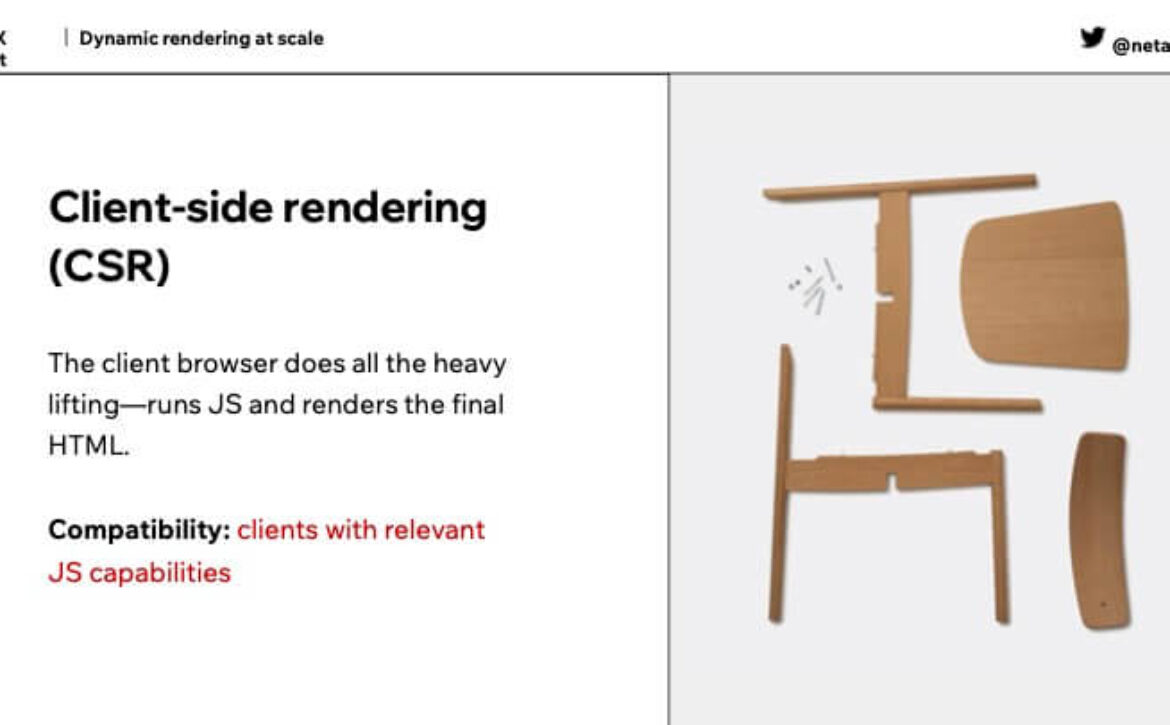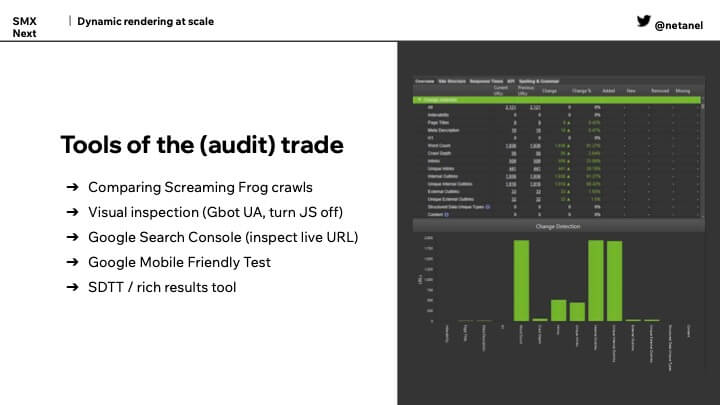How to keep your SEO clients engaged: 8 communication touchpoints
SEO is not a set-it-and-forget-it thing, even if you or some of your clients wish it were. But all parties need to stay engaged in the project from start to finish for success.
That means communication is key. Having a plan for how you will communicate with your clients throughout the engagement is an important part of SEO project management.
Often when things go wrong, it’s not the work that’s the problem, it’s the client relationship. This is true not just of marketing projects. The Project Management Institute (PMI) reported that one out of five projects is unsuccessful due to ineffective communications.
In our experience working with clients, a good communications plan keeps projects on track. Plus, having frequent touchpoints can uplevel your brand and service and make for happier clients all around.
Here are eight communication touchpoints you can build into your client engagements.
1. Kickoff calls
I cannot stress enough the importance of having a productive kickoff call. Even though you may already know what to do — and even though you may have had many conversations leading up to the client signing on — you still need the kickoff call.
Here, everyone involved in the project (on your side and the client’s) gets up to speed on the scope of the work and what to expect. How often will you meet? What turnaround times will you need on deliverables and approvals? The kickoff meeting is your chance to lay out these procedural details.
Expectations are key to a successful project. The project team must understand the client’s expectations before starting their work and vice versa.
2. SEO training
Training your clients on SEO is a fantastic way to keep the lines of communication open as you discuss their projects’ details. How will they know what questions to ask if, for example, they have no idea what a meta tag is? Speaking the same language is very important, so make sure you have consistent training shared by all project members. The SMX Master Classes series can be a great step here.
If clients are already well-versed in SEO, your training is still key because it reinforces your approach to SEO — no two SEO vendors operate in the same way.
SEO training also helps familiarize clients with everything that goes into your SEO services. They’ll know, for example, that you’re not just waving some magic wand behind the scenes and *poof* rankings appear. Education builds value in the eyes of the client.
Conducting your training separately from your regular calls will allow you to keep the project work focused. Otherwise, you will spend more time explaining concepts during every touch-base call than you may have planned.
3. Status calls
Some people dread standing meetings, but they are essential for project management. And they don’t have to be pointless.
It is beneficial to have some structure and consistency for the project or it falls apart.
Make sure you have an agenda ready to go ahead of time for each meeting so that the client knows what to expect on the call.
And then take only as much time as you need. Make sure that everyone gets their concerns or questions answered, their next steps laid out, etc. After the call, you can send notes from the meeting, so it is documented, and everyone has a record.
4. One-off emails
Have you ever received an email from a service provider with a helpful note just because they thought it would be of value to you? Remember the impact that left? It’s these little touches that can go a long way in strengthening your client relationships.
Think about how you can touch base with your client outside your regularly scheduled meetings. Maybe something in the SEO industry happened that pertains to your client. Or maybe something in their industry happened that could impact their SEO.
Send a quick email to give them the details, why it matters and how it might impact them.
5. In-house resources
Any time you create a useful resource that your client might benefit from, send it to them. Think ebooks, webinars, videos — really, any content marketing asset.
Sure, you could send out an email blast to all your clients with a link to that ebook you did. But a more personal touch would be to send it to select clients that are struggling with the issue in the ebook along with a personal note.
6. Progress reporting
A more official client-communications must-have is your SEO reports.
Make sure you have a schedule for when and how you will report progress. And make sure the client knows when to expect that. For example, it might look something like this:
- Often: Update the client on progress on agreed tasks between calls.
- Monthly: Generate a report that shows progress for the month. We usually run this in 4-week sprints.
- Quarterly: Create a report that shows quarterly wins and concerns and quarter-over-quarter progress.
- Project end: Create a summary with an overview of the project that includes wins, losses and next steps.
- Yearly: When you have long-term clients, show year-end progress and year-over-year success.
7. Client feedback
At some point during the engagement, give your SEO clients an opportunity to give feedback on how they feel the project is going, what’s working, what’s not working and how you can improve.
If it feels like you’ll only get honest feedback if it’s done anonymously, then send out a survey to your clients and make their answers anonymous. This is the format for an NPS score.
You might do this at regular intervals during the engagement (recommended), or you might wait until the end of the project. What you learn from this feedback can be built into your client engagements moving forward.
8. Your blog
Make sure your clients know about your blog! Better yet, ask if you can add them to the subscriber list when they first engage.
It’s not uncommon for clients to never visit your company blog and miss that amazing resource for them. Once they’ve subscribed, your blog updates serve as an easy touchpoint to help keep your brand top of mind.
So, make this a resource that you are sure your clients know about.
Use communications to uplevel your service
According to PMI, high performers create formal communications plans for nearly twice as many projects. In your SEO project management, take the time to review your communication plan to incorporate as many touchpoints as possible.
The post How to keep your SEO clients engaged: 8 communication touchpoints appeared first on Search Engine Land.


